Retro Replay Review
Gameplay
Mightier offers a refreshingly tactile approach to puzzle-solving that sets it apart from conventional video games. Players alternate control between the Actionaut, who explores planetary surfaces to collect Datagon components, and Engineer 255, who remains at the command centre operating the Schematix interface. The clever dual-character mechanic demands strategic coordination: the Actionaut physically navigates hazards, while the engineer shapes the environment with drawn loops that raise crystalline platforms.
(HEY YOU!! We hope you enjoy! We try not to run ads. So basically, this is a very expensive hobby running this site. Please consider joining us for updates, forums, and more. Network w/ us to make some cash or friends while retro gaming, and you can win some free retro games for posting. Okay, carry on 👍)
One of the game’s signature features is its print-and-solve system. Early levels encourage you to print schematics, circle elements with a marker, then scan or photograph your work to import it back into the game. This paper-based interaction engages both mind and body in the design process. For players without a scanner or webcam, a built-in drawing tool lets you sketch directly with the mouse—though it lacks some of the satisfying tactile feedback of pen on paper.
As you progress, Mightier gradually introduces new obstacles. Oscillating crystals, dynamic height values based on enclosed areas, and patrolling alien creatures all demand ever-more intricate loop designs. Butterflies appear alongside Datagon components, offering optional side objectives that reward careful planning. By the midpoint, you’ll be combining on-the-fly adjustments, careful timing, and layered loops to guide your Actionaut safely through increasingly complex terrain.
The level of difficulty ramps up thoughtfully. Early puzzles teach you core mechanics—drawing loops, interpreting height values, and coordinating with Engineer 255—while later levels blend multiple challenge types. At no point does it feel unfair; instead, you’re constantly encouraged to experiment, iterate, and refine. If you’re the type of player who loves trial-and-error and deriving satisfaction from clever solutions, Mightier will feel like a fresh playground for your brain.
Graphics
Mightier opts for a minimalist aesthetic that keeps the focus squarely on its puzzles. The in-game visuals consist of clean, high-contrast lines and shapes, making it easy to distinguish Datagon components, crystalline nodes, and hazards. This uncluttered presentation serves the game’s design perfectly: you never struggle to interpret what’s on screen, even when multiple elements interact in tight spaces.
While you won’t find high-resolution textures or dynamic lighting effects here, the art style carries its own charm. The Actionaut and Engineer 255 are rendered in simple, expressive silhouettes that convey personality without superfluous detail. Subtle grid lines in the Schematix interface recall drafting paper, reinforcing the theme of pen-and-paper puzzle creation. The result is an elegant, functional look that feels like a love letter to classic mechanical puzzles.
Each planet surface features a muted color palette—shades of rust, sand, and dark rock—punctuated by the bright hues of Datagon components and butterflies. Crystalline structures glow softly, giving you clear visual feedback as laser-induced heating causes them to rise. Animations are smooth but spare, conserving your attention for the movement of your character and the shifting platforms.
Even the paper-based puzzles maintain this visual clarity. Printed schematics use grayscale diagrams with numbered points, ensuring that players can easily interpret which areas to loop around. The only minor quibble is that printed line weight can vary depending on your printer, but in practice this rarely hinders the core experience.
Story
At its heart, Mightier spins a straightforward sci-fi yarn: a Galactic cruiser has exploded, scattering vital Datagon components across an alien world. You inhabit the boots of an intrepid Actionaut, assisted remotely by Engineer 255. Their rapport unfolds in brief radio exchanges, lending a touch of humanity to an otherwise mechanical gameplay loop.
Though the narrative takes a back seat to puzzle design, small moments of storytelling emerge organically. As you rescue Datagon pieces and collect whimsical butterflies, Engineer 255 delivers wry commentary on your progress. These quips never overstay their welcome; instead, they inject personality and occasional humor into the proceedings, making each level feel like a new mission report rather than a sterile brain teaser.
World-building is subtle but effective. The crystalline structures hint at a planet shaped by strange seismic forces, and the presence of exotic wildlife suggests life beyond mere platforms and lasers. You never get lengthy cutscenes or exposition dumps—everything is conveyed through level design and succinct dialogue. This restrained approach ensures the story never bogs down the core puzzle experience.
By the final stages, you’ll feel invested enough to wonder about the wider implications of Datagon technology and the fate of the cruiser’s crew. While Mightier doesn’t aim to be a sprawling epic, its narrative framing provides just the right context to motivate your strategic creativity.
Overall Experience
Mightier stands out as a bold experiment in bridging digital gameplay with tangible, paper-based design. The satisfaction of sketching loops with a marker—then watching your plan unfold in the digital realm—gives the game a rare sense of physicality. This blend of real-world interaction and on-screen action makes each solved puzzle a small but memorable triumph.
The learning curve is handled with care. Initial levels ease you into both characters’ roles and the mechanics of crystalline lifting, while mid-game challenges introduce new variables without overwhelming. Optional objectives, like butterfly collection and custom-design features for your Actionaut’s jetpack and accessories, add delightful replay value for completionists.
Tech-wise, the webcam and scanner integration works smoothly for most setups, though a few users may need to tweak brightness or contrast for optimal line detection. The in-game drawing option is a solid fallback, ensuring no one is left out. Sound design is modest—a handful of beeps, hums, and atmospheric tones—but it never distracts from the puzzles, serving instead as unobtrusive feedback.
In sum, Mightier is a must-play for puzzle enthusiasts who crave innovation. Its unique print-and-solve mechanic, combined with thoughtful level design and a minimalist aesthetic, delivers a hands-on experience unlike any other. Whether you’re a fan of Lucas Pope’s previous work or simply seeking a brain-teasing diversion, this indie gem will challenge and delight you in equal measure.
 Retro Replay Retro Replay gaming reviews, news, emulation, geek stuff and more!
Retro Replay Retro Replay gaming reviews, news, emulation, geek stuff and more!
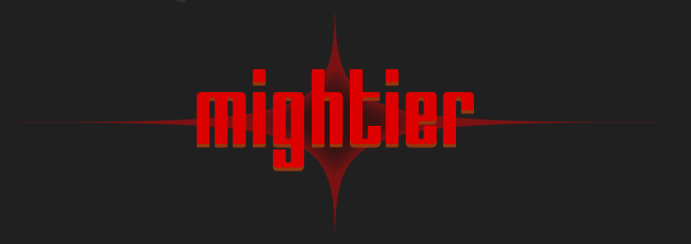

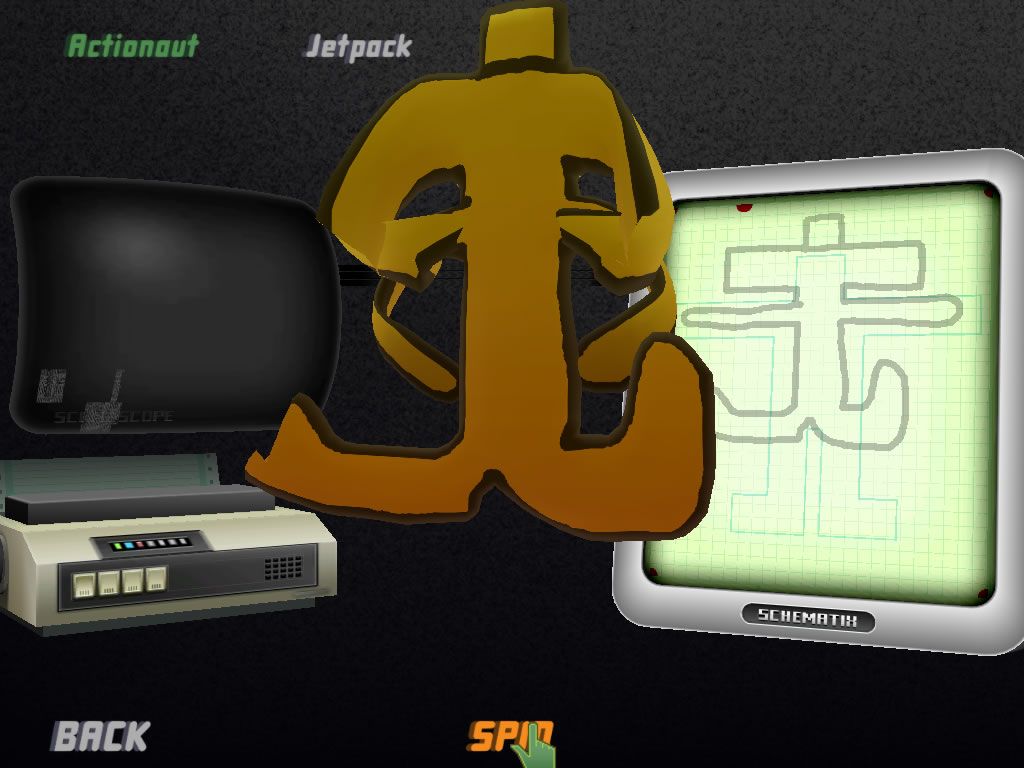
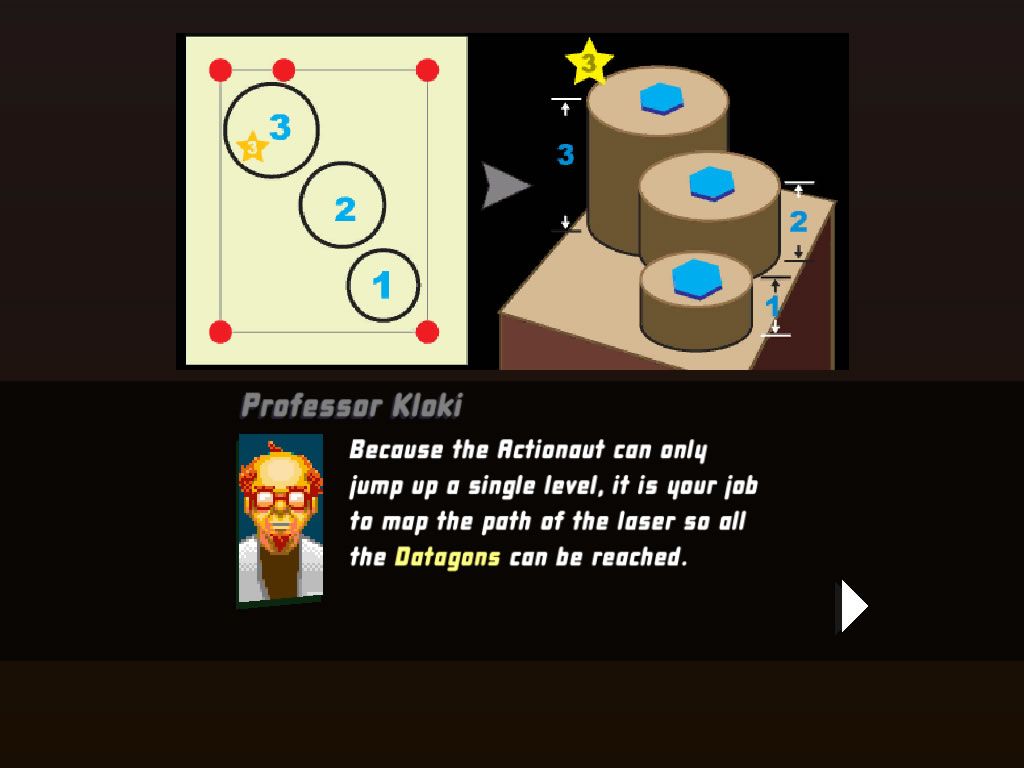
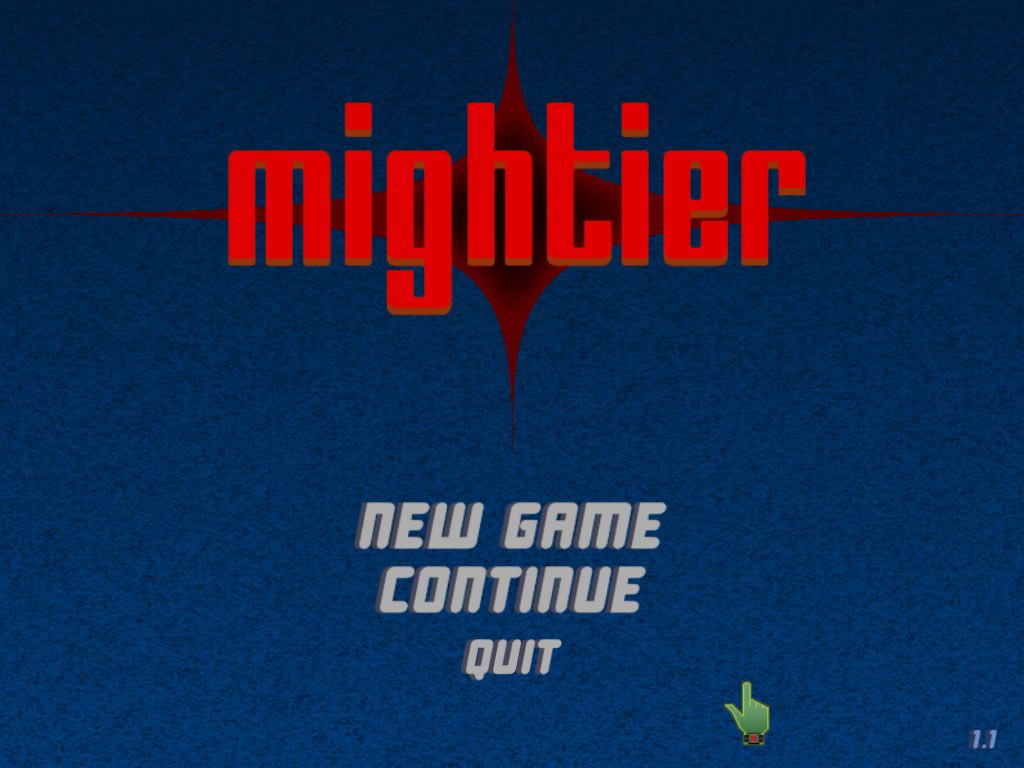



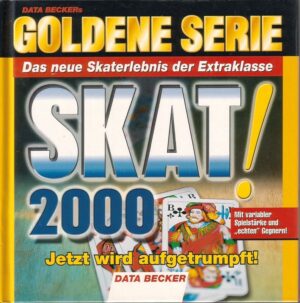
Reviews
There are no reviews yet.